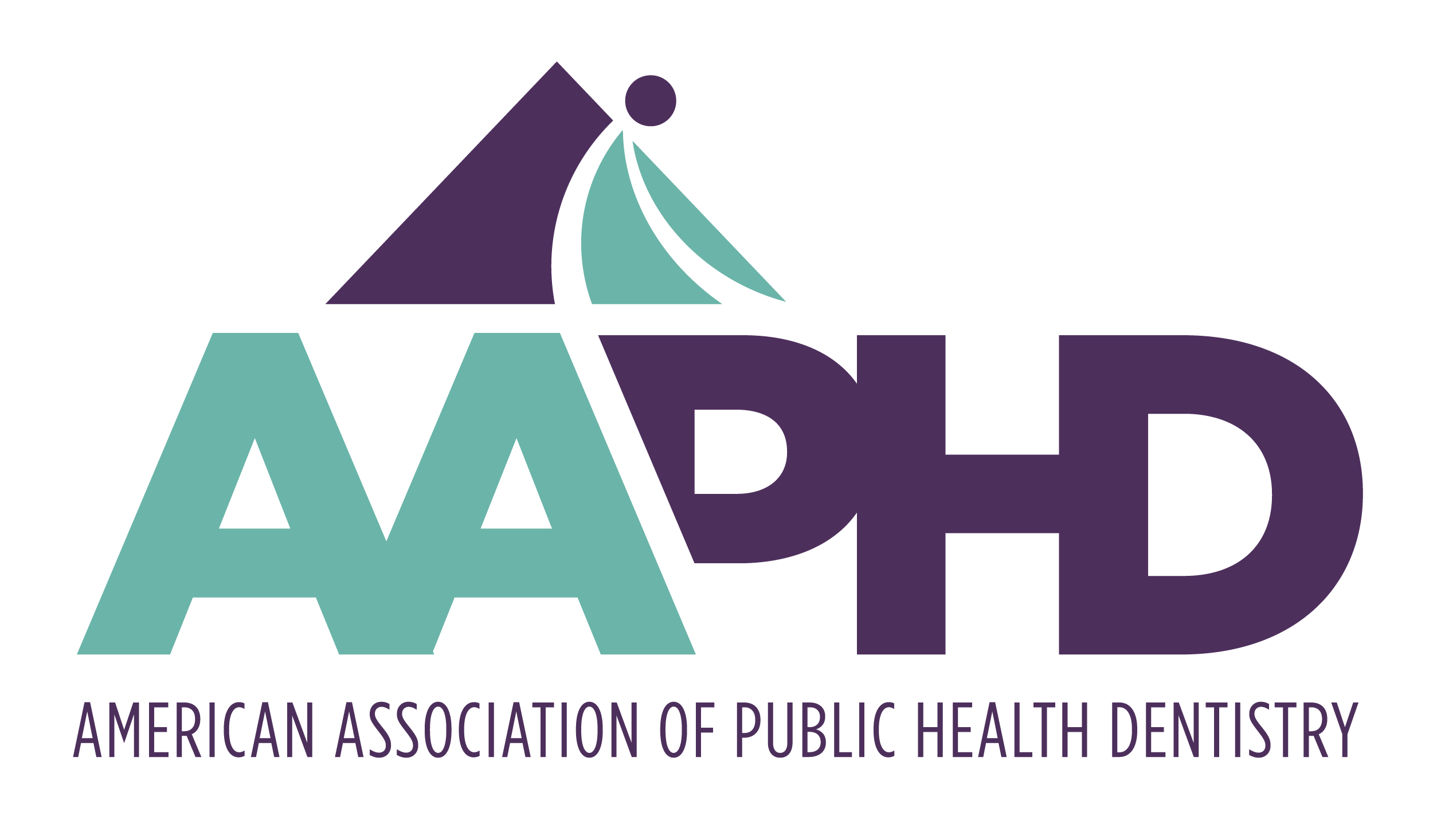February EDI Corner - Racial/Ethnic Composition of Dental Students and Dentists: Challenges, Trends, and Opportunities
It is essential that dental and public health professionals reflect the communities they serve, ensuring that care is accessible, culturally sensitive, and inclusive. Yet systemic barriers contribute to a dental workforce that does not fully reflect the racial/demographic composition of the population it serves. For example, from 2005 to 2020, the proportion of Black dentists in the U.S. remained mostly unchanged at approximately 4%, compared to the approximately 14% of people in the U.S. who are Black [1].Similar trends are observed among first-year dental students [2,3]. While there has been some progress, particularly among Asian dental students/dentists, the slow growth among Hispanic/Latino/a/x and Black dental students/dentists highlights the need for more targeted interventions.
Looking specifically at dental public health, the percentage of DPH residency graduates from marginalized racial and ethnic groups underrepresented in dentistry has not changed significantly since the 1990s (21% in 1990 compared to 18% in 2020) [3]. However, the percentage of internationally trained dentists enrolling in DPH residencies has increased significantly [3]. In the 1990s, only 18.4% were internationally trained dentists, compared to 76% in 2020 [3].

Racial/Ethnic Diversity of US Dentists: Trends in 2005 and 2020. Note that in 2020, the racial composition of the United States was 57.8% white, 18.7% Hispanic, 12.4% Black, and 6% Asian.
Challenges faced by racially and ethnically marginalized groups include limited exposure to dental career pathways during formative years, insufficient mentorship opportunities/guidance, removal/hindering of DEI (diversity, equity, and inclusion) initiatives, and high educational costs, including application and tuition fees [4]. As the US population becomes increasingly diverse, it is essential to address these challenges because a dental workforce reflecting the communities it serves enhances accessible, culturally sensitive, and inclusive care. Below are several actionable ways to enhance diversity:
-
Support diversity, equity, and inclusion (DEI) initiatives at local, state, national, and federal levels.
-
Support dental faculty/students experiencing re-traumatization from world events that include public displays of racial prejudice (e.g., family separation/deportation of undocumented immigrants) by adopting trauma-informed approaches to DEI.
-
Provide abundant mentorship, networking, funding, and institutional guidance for racially marginalized dental faculty and students to enhance retention and professional success.
-
Provide pre-dental advisory programs designated for students from disadvantaged backgrounds in elementary school, high school, community college, and universities to improve readiness for dental school application and successful matriculation. For example, the Summer Health Professions Education Program (SHPEP) prepares students from economically or educationally disadvantaged backgrounds for application to health professions schools. Currently, 11 universities administer this program nationwide.
-
Reduce financial barriers to dental school application. The American Dental Association (ADA) offers partial fee waivers for the Dental Admission Test (DAT). The American Dental Education Association (ADEA) provides fee assistance through AADSAS, covering the cost of the first three dental school applications. Encouraging dental schools to reassess application fees and offer reduced costs or waivers could further increase access for economically disadvantaged students.
-
Work to shed light on the profound oral health disparities that exist not only in oral disease levels, but also in access to dental care, which necessitates greater diversity in the workforce.
-
Adopt a holistic admission school process to value lived experiences and resilience alongside academic performance.
-
Reflect on your own biases and prejudices in efforts to eliminate barriers to the recruitment and retention of a diverse workforce.
-
Combat disinformation about ethnic/racial stereotypes, inequities, and disparities, including attempts to suggest that they do not exist.
By Asana Mohamad, Sofía Iribarren, Julie C. Reynolds, Nadia Laniado, and the EDI Committee.
References:
-
Supply of dentists in the U.S.: 2001-2023. The dentist workforce.
-
American Dental Association Health Policy Institute. Racial and Ethnic Mix of the Dentist Workforce in the U.S.
-
American Dental Education Association. Trends in Dental Education 2022-23.
-
Burns LE, Pezzullo C, Amable RJ, Mayorga L, Mejia EE. Assessing the pipeline: Perceived barriers to applying to dental school amongst pipeline program alumni. J Dent Educ. 2021;85:157–165.
|

